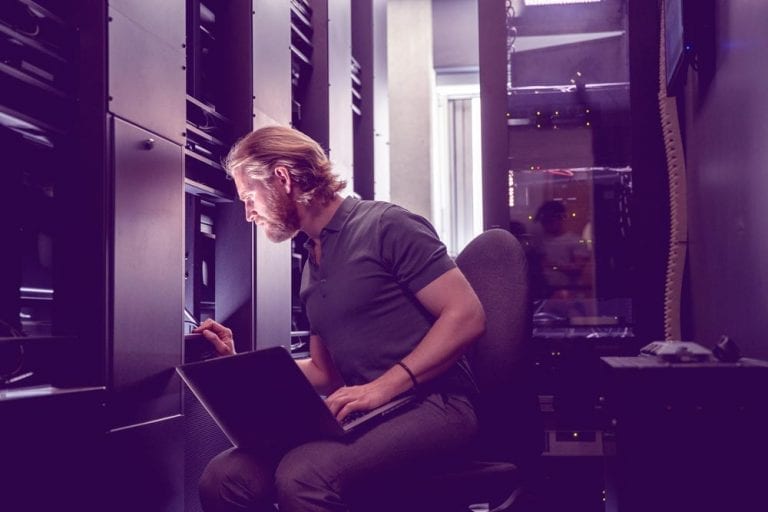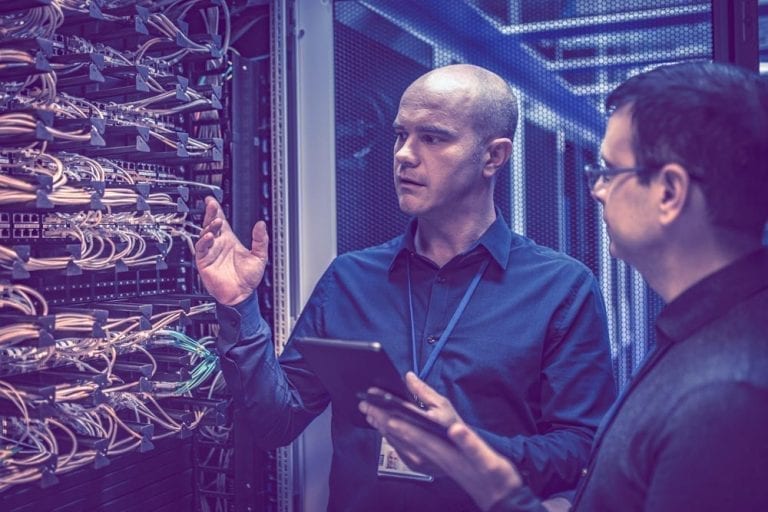
Where Will Mainframes be in Ten Years?

How will the mainframe industry change over the next decade? Will mainframes even still be around?
The short answers to those questions are “a lot” and “almost certainly.” Keep reading for the longer take.
The Future of Mainframes
While predicting the future is always risky business, it’s easy enough to look at current trends in the mainframe industry and extrapolate on them to understand how mainframes might change over the next ten years. Key observations in that vein include:
Mainframes remain alive and well
Folks have been predicting the imminent demise of mainframes for years. So far, they’ve been wrong. Although the roles of mainframes have certainly changed somewhat over time, mainframes remain essential in a number of major industries. It seems a safe bet, then, that mainframes will continue to thrive ten years from now. (It may also be a safe bet that naysayers will continue to doubt the future of mainframes a decade into the future, too, but we think they’ll still be wrong.)
COBOL modernization
COBOL is one of the oldest programming languages that remains widely used. Despite its age, it’s likely not going anywhere anytime soon. COBOL is, however, undergoing a modernization process. Better performance, more easily reusable code and other innovations are on the table for COBOL going forward.
Mainframes get smaller
When most people hear mainframe, they think of the gigantic computers of old. Modern mainframes, of course, can be as small as a refrigerator. Mainframes will probably continue to grow smaller in physical size as they evolve over the coming decade.
Read our Whitepaper
Getting the Most Out of Your Mainframe
See how to offload, accelerate and lower cost of your mainframe to maximize its value
Mainframes get more powerful
One of the factors that drives mainframes’ continuing popularity is their ability to process huge quantities of data. In this respect, mainframes have long been ahead of the cloud and commodity servers. Even as conventional servers also gain more computing power, mainframes will likely retain their lead – because massive computing power is, after all, one of the defining features of mainframes.
Mainframes support multiple operating systems
The ability of mainframes to support native operating systems like z/OS and Linux is another powerful feature. It allows them to host diverse workloads. Over time, we think that mainframes will be able to take on even more diverse sets of operating systems. More Linux distributions may deliver mainframe support, and there are signs that even Microsoft Windows could become an operating system contender in the mainframe world.
Mainframes adapt to new IT trends
As innovations like continuous delivery and Docker have reshaped the way organizations develop and deploy software, mainframes have kept pace. While it’s hard to know exactly which new trends may arrive in the IT industry over the coming decade, it’s a good bet that mainframes will adapt to them, too.
Easier integration
The mainframe industry has already made great strides in integrating mainframes with other types of infrastructure, but problems remain. Offloading mainframe data to environments like Hadoop can be challenging. So can integrating COBOL with other types of languages. Expect these challenges to continue to be smoothed over as vendors work to make mainframes jive more seamlessly with other infrastructure and applications.
In short, mainframes are likely to become faster and more flexible – while also shrinking in physical size – over the next ten years. They are poised to retain their unique niche as massively powerful computing solutions that can beat out the conventional cloud and cater to use cases that commodity servers just can’t handle.
Get tips on how to maximize the value of your mainframe today, read our whitepaper Getting the Most Out of Your Mainframe.


